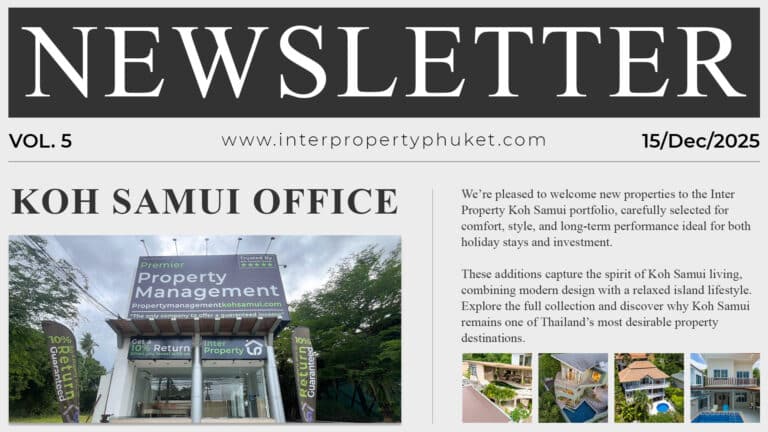If you’re a property owner or manager struggling to attract tenants, you’re not alone. The rental market is more saturated than ever, and simply listing your property on one website isn’t enough. Renters are scattered across various platforms, from traditional real estate sites to social media and niche rental marketplaces. To stay ahead, you must increase tenant reach by listing your property online across multiple platforms.
But how exactly do multi-platform listings make a difference? Let’s dive into the impact of this strategy and how it can maximize your rental property exposure and occupancy rates.
What Are Multi-Platform Listings?
Multi-platform listings refer to the practice of advertising a rental property across multiple online platforms instead of relying on a single listing site. These platforms include:
- Popular rental marketplaces (Zillow, Realtor.com, Apartments.com)
- Social media platforms (Facebook Marketplace, Instagram, LinkedIn)
- Local classifieds and community boards
- Property management websites
- Vacation rental platforms (Airbnb, Vrbo, Booking.com)
By diversifying your approach, you increase tenant reach and improve your rental marketing strategy, ensuring your listing reaches the widest possible audience.

How Multi-Platform Listings Increase Tenant Reach
1. Broader Audience Exposure
Each platform attracts a different type of renter. Some tenants may browse Zillow, while others search Facebook Marketplace or rely on Google searches. Listing your property online in multiple places ensures it’s seen by various renter demographics, from students and professionals to families and long-term travelers.
2. Higher Visibility in Search Engines
Search engines like Google rank listings based on relevance, authority, and consistency. By placing your rental on multiple platforms, you increase your chances of appearing in search results. More listings mean more opportunities for tenants to find your property organically.
3. Faster Tenant Acquisition
If you’re only using one platform, you’re limiting your potential inquiries. Multi-platform listings generate more leads, which means quicker tenant acquisition. The faster you fill vacancies, the less revenue you lose from unoccupied units.
4. Improved Credibility and Trust
Tenants often cross-check listings on multiple platforms to verify legitimacy. If they see your property on several trusted sites, it builds credibility and increases the likelihood of inquiries. Consistency in pricing and details also reassures potential renters that the listing is genuine.

Optimizing Your Rental Marketing Strategy with Multi-Platform Listings
Step 1: Choose the Right Platforms
Not all platforms cater to the same audience. Select a mix of high-traffic rental sites, social media, and niche platforms based on your target market.
Step 2: Use High-Quality Photos and Videos
Visual appeal plays a crucial role in attracting renters. Invest in professional photography and consider 3D virtual tours to give potential tenants an immersive experience.
Step 3: Write an SEO-Optimized Listing
Your listing should be clear, engaging, and include keywords like “rental property exposure” and “list property online.” A well-crafted description boosts visibility and attracts more inquiries.
Step 4: Maintain Consistency Across Platforms
Ensure that details like rental price, amenities, and contact information remain the same on all platforms. Discrepancies can lead to confusion and lost leads.
Step 5: Monitor and Update Listings Regularly
Listings that stay active and updated perform better. Refresh your content, respond to inquiries promptly, and adjust pricing based on market trends.

Common Mistakes to Avoid in Multi-Platform Listings
While multi-platform listing is effective, property owners often make mistakes that reduce its impact. Here’s what to avoid:
- Ignoring platform-specific optimization: Each platform has different algorithms. Optimize your listing to fit the requirements of each site.
- Using low-quality photos: Listings with poor visuals get fewer clicks and inquiries.
- Not responding to leads quickly: Delayed responses result in lost renters.
- Failing to track performance: Use analytics tools to determine which platforms generate the most leads and adjust your strategy accordingly.
The Role of Professional Property Management
Managing listings across multiple platforms requires time, effort, and expertise. This is where professional property management services come in handy. A property manager can:
- Handle multi-platform listings efficiently
- Optimize rental pricing based on market trends
- Manage inquiries and tenant screenings
- Ensure properties remain occupied with minimal downtime
By leveraging property management services, landlords can focus on maximizing revenue while leaving the marketing and tenant acquisition process to experts.
Final Thoughts
Multi-platform listings are no longer optional—they’re essential for landlords and property managers looking to increase tenant reach and maximize occupancy rates. By diversifying your rental marketing strategy, you enhance your rental property exposure, attract more tenants, and reduce vacancy periods.
If managing multiple listings sounds overwhelming, consider hiring a property management service to streamline the process and optimize your rental success.
For additional insights, check out property management in Phuket and explore expert solutions tailored to your needs.



